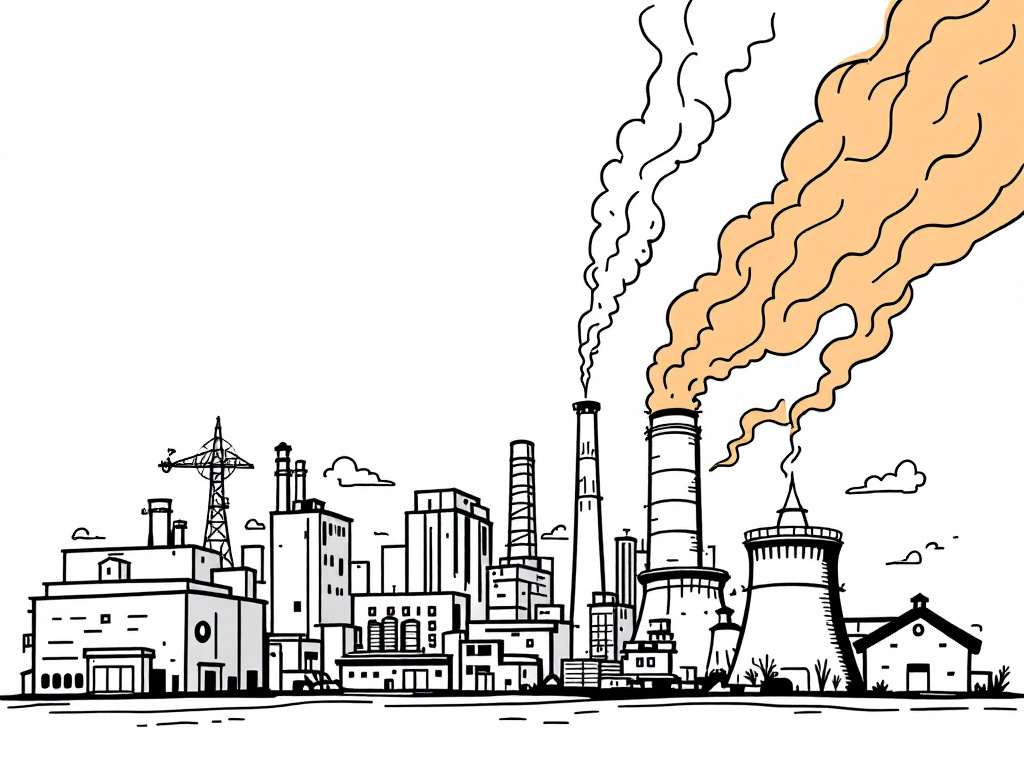Texas Industries Face Emissions Challenge Amidst Economic Growth

Austin, Wednesday, 28 May 2025.
In 2025, Texas’s industrial growth is threatened by rising emissions regulations. With increased scrutiny from authorities, manufacturers must balance expansion and compliance, impacting future state policies.
Texas Ascends Economically Yet Faces Environmental Hurdles
Texas’s economic footprint has expanded remarkably, with the state surpassing all but seven global economies in 2025, boasting a GDP larger than nations like Russia and South Korea. This growth has been propelled by thriving sectors including semiconductors, coatings, EPS molding, and solar manufacturing [1]. However, this rapid industrial escalation has intensified scrutiny from environmental regulators. The Texas Commission on Environmental Quality (TCEQ) reported a 15% increase in industrial emissions from 2019 to 2024 [2]. As emissions violations proliferate, manufacturers are under pressure to enhance compliance efforts under the vigilant eyes of both the TCEQ and the Environmental Protection Agency (EPA).
Regulatory Actions and Industry Response
In 2024 alone, the TCEQ executed over 10,500 site investigations and handed out an unprecedented number of notices for enforcement and violations, particularly focusing on high-growth sectors [1]. As a countermeasure, companies like Ship & Shore Environmental (S&SE) have pioneered technological solutions to help manufacturers meet escalating regulatory demands, with systems achieving over 98% efficiency in pollutant destruction [1]. The increased regulatory burden is also spurring innovation, as evidenced by the burgeoning market for advanced emissions control technologies. However, these compliance measures entail significant cost implications for industries already grappling with the economic challenges of expansion.
Impact on Policy and Future Prospects
The intensified emissions oversight in Texas signals a broader policy shift as local and state governments grapple with balancing industrial growth with environmental stewardship. The recent proposal for stricter emissions regulations, set to be discussed in a public hearing on June 15, 2025, highlights this trend [2]. Policymakers like Jane Doe emphasize the necessity of these regulations to tackle the ongoing emissions crisis, asserting their fundamental role in maintaining regional air quality standards [2]. With such initiatives, there is an emerging consensus that Texas’s industrial robustness must align with sustainable practices, potentially reshaping both policy tools and business strategies.
Outlook and Strategic Adaptations
Despite the regulatory challenges, the outlook for Texas’s industrial sector remains cautiously optimistic. The Dallas Fed Manufacturing Outlook Survey from May 2025 shows a notable rise in business activity expectations, heralding a possible future rebound in manufacturing output. This is complemented by advancements in carbon capture and emission control technologies, with companies like ExxonMobil investing in scalable solutions to reduce their environmental footprint [3][4]. Such innovations are pivotal as Texas continues to attract new businesses, buoyed by its economic appeal and infrastructure readiness. Yet, as industries evolve, the need for a delicate balance between economic pursuits and environmental sociability becomes increasingly pronounced.